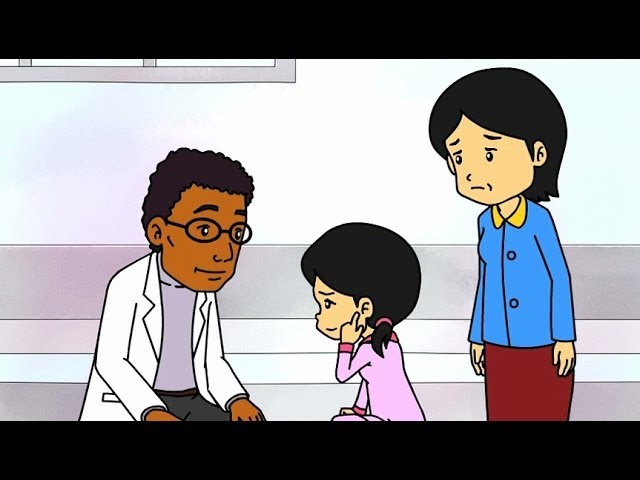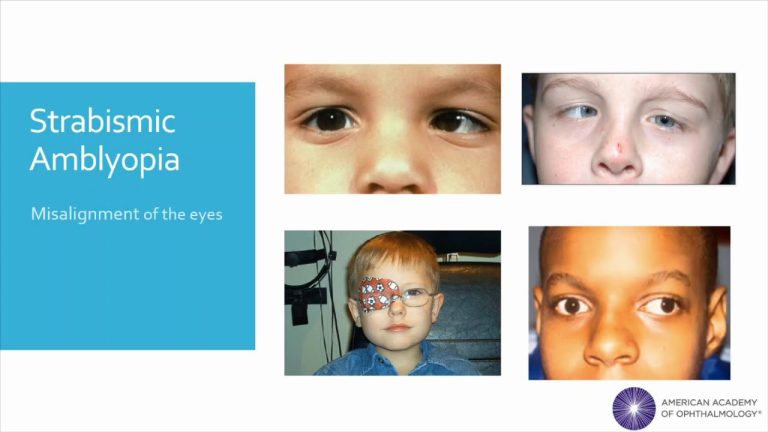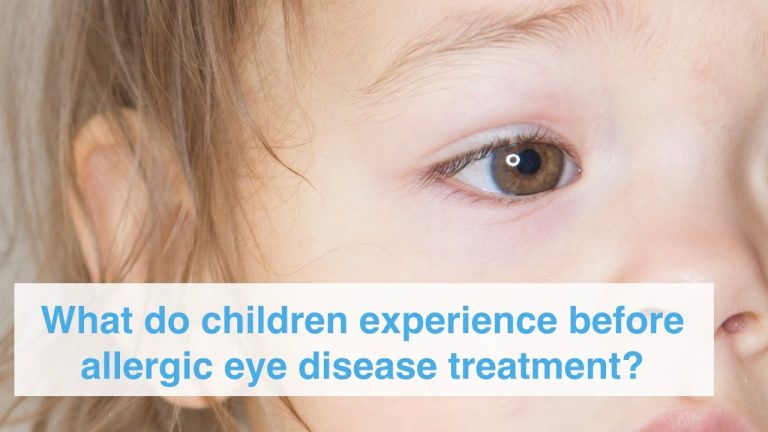Improving Eye Health for Children with Speech and Language Disorders: Tips and Products
Ensuring proper eye care for children with speech and language disorders is crucial. These children often encounter difficulties in communication, and proper vision is critical in facilitating proper speech development. Vision is necessary for several activities such as reading, watching TV, and playing games that help develop cognitive abilities. It is essential to identify vision problems and take adequate steps to attend to them to ensure children with speech and language disorders enjoy optimal eye care.
Parents of children with speech and language disorders have several responsibilities; eye care should be among their top priorities. These children often have unique eye care concerns that require attention. It is essential to have a good eye care plan and schedule regular eye check-ups to identify any vision problems that may arise. Proper eye care not only helps in speech development but also promotes general health and well-being.
Common Eye Problems among Children with Speech and Language Disorders
Several eye problems are common among children with speech and language disorders. The most common eye problems include:
- Strabismus: Misaligned eyes that make it difficult to focus; it can cause eye strain, headaches, and speech problems
- Amblyopia: Also known as lazy eye, it results in poor vision in one eye
- Astigmatism: Causes blurred vision and headaches
Symptoms of eye problems are not always apparent, as children with speech and language disorders may not be able to articulate them. It is, therefore, crucial to take children with speech and language disorders for regular eye check-ups.
Eye Care Tips for Children with Speech and Language Disorders
Good eye care practices can help children with speech and language disorders maintain proper vision. Here are some essential tips:
- Regular Eye Check-Ups: Schedule regular eye exams to identify any vision problems early and treat them accordingly.
- Good Lighting: Ensure proper lighting when children are reading, watching television or using the computer. Poor lighting can cause eye strain and headaches.
- Eye Protection: Provide children with protective eyewear, such as goggles, when engaging in sports or potentially dangerous activities.
- Healthy Diet: Encourage children to eat a healthy diet that includes foods rich in vitamins A, C, and E, which are essential for good vision.
Conclusion
Proper eye care is vital for children with speech and language disorders. It is essential to schedule regular eye check-ups and identify vision problems early to enable timely intervention. Ensuring good lighting, protecting children’s eyes from injury, and encouraging healthy eating habits are also critical in promoting proper eye care. As parents, our goal should be to ensure our children attain optimal eye health, which is vital in speech and overall development.
Contents
Most wanted in Hoya Vision:
What are prism eyeglass lenses?
Hoya Lens Engravings
What brand lenses does Costco use?
What does +0.25 mean on an eye test?
Do tinted glasses help with migraines?
Should eyeglasses cover eyebrows?
Hoya Identification Chart
What LED light is best for broken capillaries?
Does hyperopia worsen with age?
What is the difference between Ray Ban RB and Rx?
















